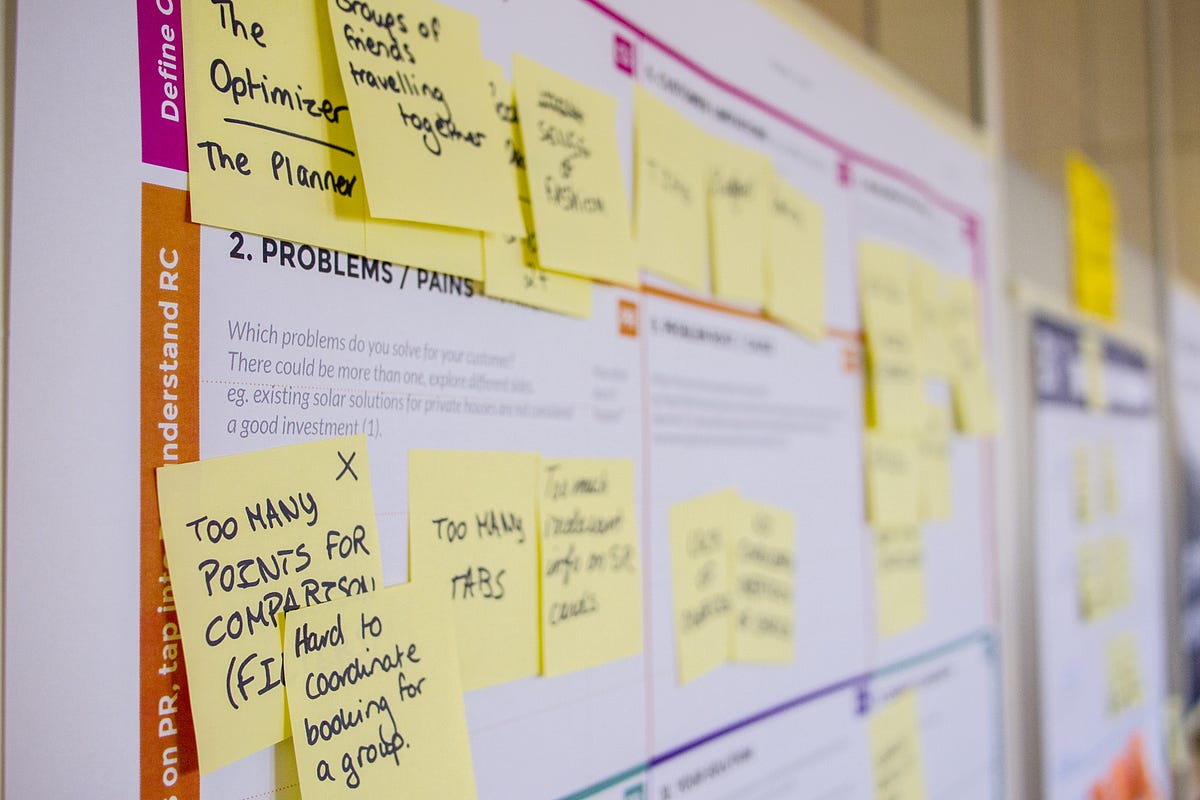
Changes are constantly occurring in the field of Natural Language Processing (NLP), but things were different a few years ago. There were only a few websites or apps that could work with multiple languages, and translating wasn’t a big thing back then.
In this article, we’ll explore the functionalities of Google Translate, examine its statistics, and provide an overview of its high-level architecture, if such information is publicly accessible.
Presented below are the primary features; moreover, additional features include:
- Text Translation: Translate written text from one language to another
- Website Translation: Translate entire websites to a selected language
- Document Translation: Upload documents for translation, preserving formatting
- Speech Translation: Translate spoken language in real time
- Camera Translation: Translate text captured by the camera in real time
- Conversation Mode: Enable two-way translation for interactive conversations
- Offline Translation: Download languages for translation without internet access
- Dictionary and Synonyms: Access definitions, synonyms, and example sentences for translated words.
- Handwriting Input: Draw characters or letters on a touchscreen for translation
- Phrasebook: Save translated phrases for future reference
- Auto-Detection: Automatically identify the source language
- Language Detection: Identify the language of a given text
- Word Lens: Translate text instantly using the camera view
- Conversation History: Review past translation interactions
- Language Pairs: Support for translation between a wide variety of languages
- Audio Playback: Listen to pronunciation of translated text
- Translate Community: Contribute to translations through user suggestions.
- Language Input Methods: Use keyboard, speech, handwriting, or camera for input
- Instant Camera Translation: Translate text within images or videos
- Customization: Personalize settings like font size and language preferences
- Integration with Google Services: Seamlessly use Translate with other Google products
- Real-time Translation: Transcribe and translate spoken conversations.
- Audio Input Translation: Translate spoken words and phrases
Let’s look at some of the quick stats:
- The Google tool that helps people understand different languages has been used by more than a billion people.
- Based on information from Google News Lab, the word “beautiful” is the one that people translate the most using Google Translate. After that, the words “good,” “love,” and “mama” are also frequently translated.
- The languages that people commonly translate using Google Translate include English, Spanish, Arabic, Russian, Portuguese, and Indonesian. These are the ones that users often ask Google Translate to help them with.
- Google Translate can assist with translating in 133 different languages.
- Around 92% of the translations done using Google Translate are from countries outside the United States. Among these, Brazil is at the forefront as the country that uses Google Translate the most.
- Around 143 billion words are translated every single day, across 100 languages.
- Total languages in the world: 7,100, Google Translate coverage: 133/7,100 ~ 2%, still more work to be done.
Here is the detailed architecture what I found very interesting:
https://www.lavivienpost.com/google-translate-and-transformer-model/



 CAP theorem
CAP theorem


